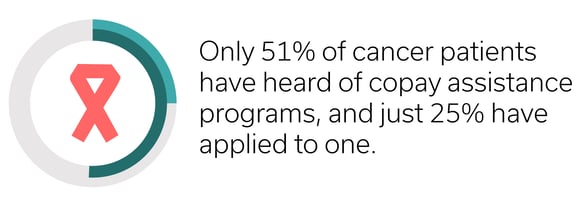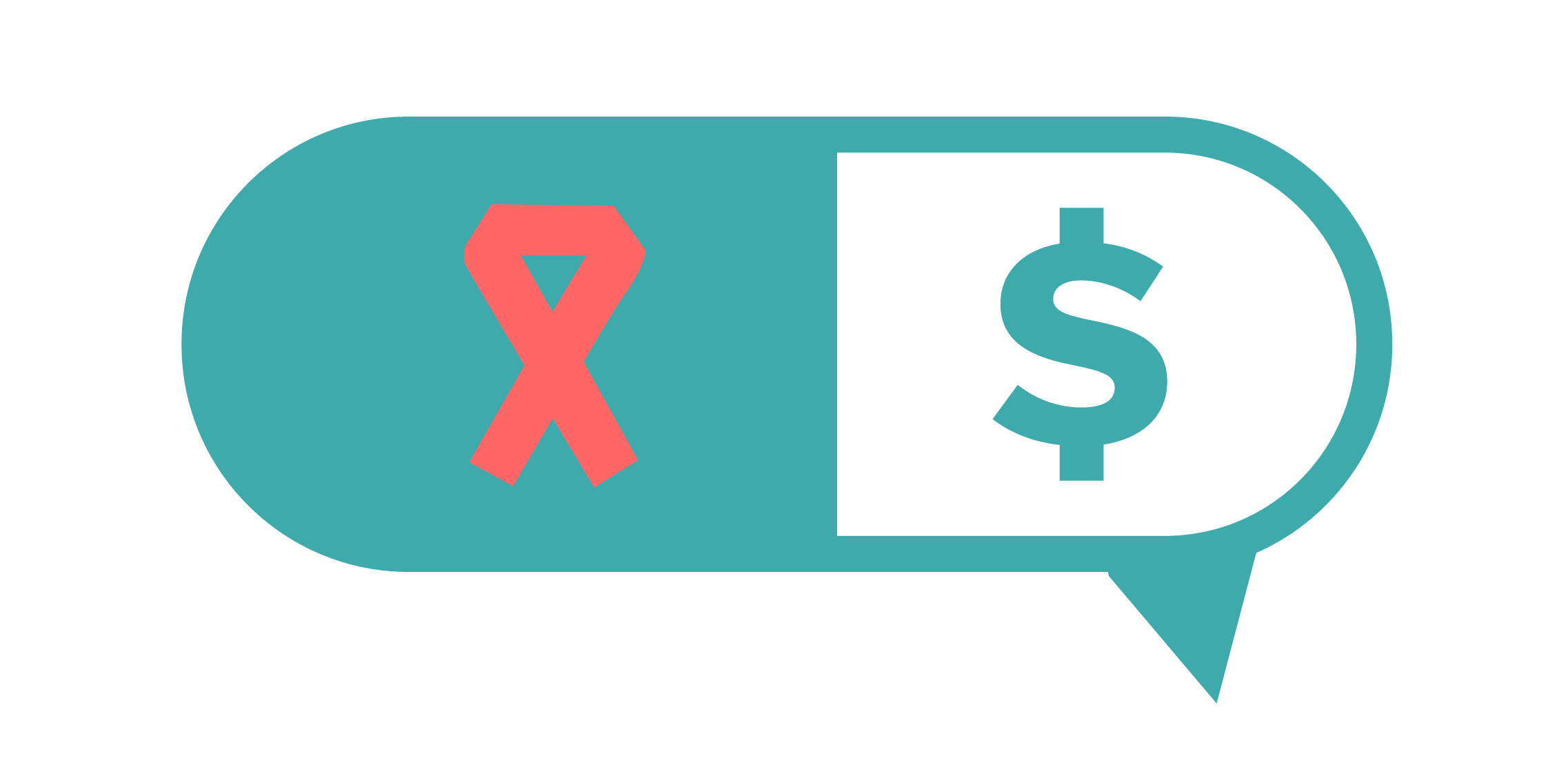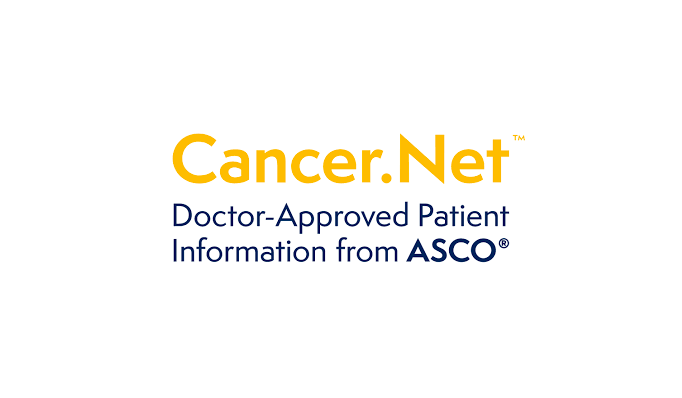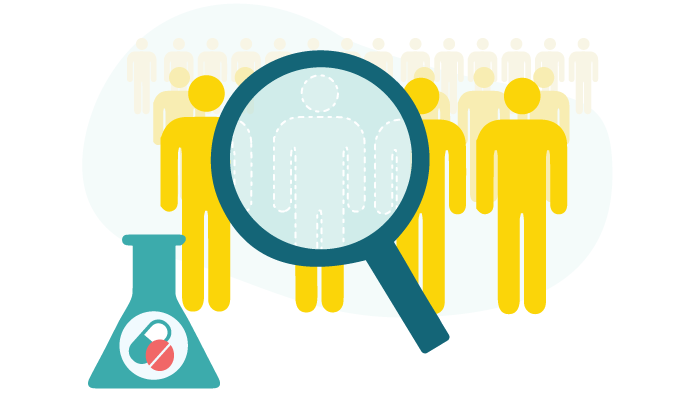Cancer kills about 600,000 people in the U.S. every year, making it a leading cause of death. Many more survive it, because of breakthroughs in medicines and therapies.
Aside from taking a significant toll on the body, cancer can also induce what some oncologists term as “financial toxicity”.
About two-thirds of adults with health care debt who’ve had cancer themselves or in their family have cut spending on food, clothing, or other household basics... About 1 in 4 have declared bankruptcy or lost their home to eviction or foreclosure.
In America, Cancer Patients Endure Debt on Top of Disease / KFF
The cost of treatment for cancer can include oral chemotherapy, infusion chemotherapy, radiation treatment, and other surgical procedures. Specifically for medication, costs can extend over the term of a patient’s entire life and also include the need to come to a hospital on a regular basis for infusions.
According to the American Cancer Society, prescription drug costs are a challenge for nearly one-third of cancer patients and survivors (31%), with one-fifth having skipped or delayed taking prescribed medications due to costs. The number of patients who have skipped or delayed treatment because of costs is higher among Black, Hispanic, Asian, and lower income patients.
Pharmaceutical companies may be able to help patients pay for the medications by informing and subsequently helping them enroll in copay assistance programs.
According to the American Cancer Society, 51% of cancer patients have heard of copay assistance programs but just 25% have applied to one.

Those who have enrolled agree that the assistance provides access to medication through the program that they otherwise couldn’t afford (83%), while some who were unable to enroll reported declining treatment (8%) or going into debt to cover their prescription drug costs (18%).
For example, if a commercially insured patient was diagnosed with non-small cell lung cancer and needed to receive the infusion medication, Tecentriq, they would need to take the following steps:
- Navigate to https://www.tecentriq.com/
- Select ‘non-small cell lung cancer’
- Select ‘metastatic non-small cell lung cancer’
- Click ‘learn about your options’ under financial assistance options
- Confirm that the patient has health insurance, and that the insurance covers Tecentriq, and that they are not on a non-commercial insurance plan and also not currently receiving other financial assistance for Tecentriq
- Select ‘Genentech Oncology Co-pay Program’
- Get redirected to a copay assistance program website
- Identify themself as a patient and click ‘apply now’
- Confirm that they have not applied for the ‘Oncology Co-pay Assistance Program’ before
- Reconfirm that they are a patient interested in Tecentriq
- Fill out a 10 question eligibility form that asks how they are intending to use Tecentriq, that they once again are not receiving financial assistance for Tecentriq
- Submit their personal information, Commercial Medical Insurance information, and Commercial Pharmacy Insurance Information
- Then submit their doctor’s information
- Lastly, verify all of the information just submitted and await approval to participate in the copay assistance program
This process takes approximately 30 minutes to complete and is enough to deter patients from participating, assuming they were already aware of the copay assistance program. There is a better alternative that pharmaceutical companies should institute, which would be more highly considered by cancer patients.
A Reimagined Approach to Increase Affordability Program Awareness
To increase awareness of affordability programs above 51%, Access teams must meet patients in their preferred mobile engagement channels. Today, 86% of adults carry advanced smartphones and most use them extensively as part of their daily lives.
Cancer patients tend to be quite motivated, but they seldom visit a therapy brand.com website. Non-specific to cancer, less than 19% of patients will pick up a call from a random number, and 81% of patients want to interact with their healthcare service providers via mobile messaging. Conversational messaging is effective because it is simple to use and delivers results.
Engaging patients via mobile messaging is a win-win for manufacturers: 97% of text messages are opened in 3 minutes or less, and Conversational AI technology has matured sufficiently to augment affordability conversations that case managers or navigation teams typically manage (e.g. how to enroll, eligibility criteria, impact on copays). What would this look like in practice?
By leveraging automated conversational engagement, Access teams can ensure that every patient they are in contact with receives personalized education and assistance regarding affordability programs they are potentially eligible for. Affordability conversations can naturally branch off of the standard Access workflows (as managed in hub CRM systems) of benefits verification, prior authorization, and therapy fulfillment.
Executing on a highly personalized, patient-centric affordability effort can have tremendous impact on first fill and adherence rates. In one recent example, an Access team at a partial-onset seizure medication provided every patient with a conversational digital assistant throughout the first fill process.
The team saw that patients interacting consistently with the digital assistant filled at a 10% higher rate compared to patients not interacting with the digital assistant. They also spent 18% more time on therapy.
This case study provides a glimpse into what the future of affordability-focused engagement might look like.
Just-in-time, low friction conversations via mobile messaging can enable pharmaceutical companies to provide clear next steps, manage enrollment, and gather real-world comprehension and adherence insights from patients. Executing on this type of engagement approach can create a seismic shift in patient awareness and participation in affordability programs, improving outcomes, and instilling trust with patients.








